Animals
-
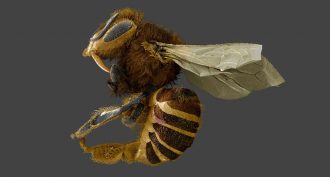 Animals
AnimalsBee parasite is more werewolf than vampire
Inventing fake bee larvae prompts scientists to rethink how a mite — ominously named Varroa destructor — does its damage.
By Susan Milius -
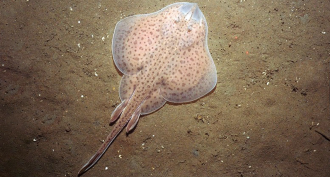 Animals
AnimalsOcean acidification may ground swimming skates
Fish might seem immune to acidic waters, but check their skeletons. They can be vulnerable and eventually alter how fish behave.
-
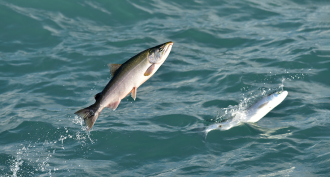 Animals
AnimalsIs ocean acidification knocking the scents out of salmon?
In more acidic water, salmon don’t seem to recognize the smell of danger. Will their populations take a nosedive as carbon-dioxide levels rise?
By Beth Geiger -
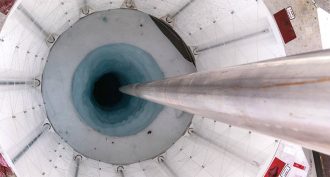 Animals
AnimalsAnimal graveyard found in deeply buried Antarctic lake
Mud from Antarctica’s Lake Mercer surprised scientists with what appeared to be the carcasses of tiny animals. A neighboring lake had only microbes.
-
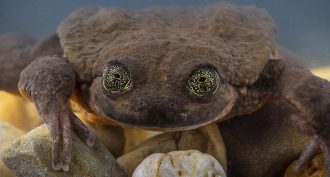 Animals
AnimalsA Bolivian frog species returns from the dead
A Bolivian frog was missing in the wild for 10 years. Scientists feared chytrid fungus had driven the frog extinct. Then they found 5 survivors.
By Jeremy Rehm -
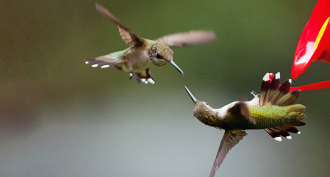 Animals
AnimalsSome male hummingbirds wield their bills as weapons
The shape of some hummingbird bills may reflect a trade-off between drinking nectar and fighting off the competition.
-
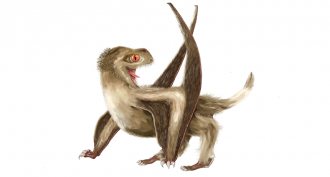 Fossils
FossilsThese fuzz-covered flying reptiles had catlike whiskers
New fossils are changing the look of ancient flying reptiles called pterosaurs.
By Riley Black -
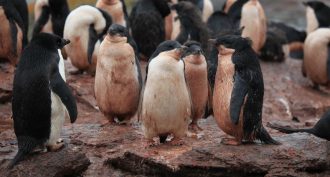 Animals
AnimalsTo monitor penguin diet from satellites, look to poop
Scientists have figured out what foods dominate an Adélie penguin colony’s diet by looking at Landsat imagery. But to do so, they had to start with penguin poop.
-
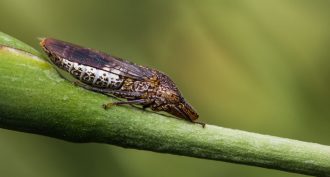 Animals
AnimalsHow some insects fling their pee
Insects called sharpshooters use a tiny barb on their rear ends to hurl their pee at 20 times the acceleration of Earth’s gravity.
-
 Animals
AnimalsScientists Say: Jellies
Jellies have roamed the seas for 500 million years. Some have stinging tentacles and bell-shaped bodies and are called jellyfish. Others are very different.
-
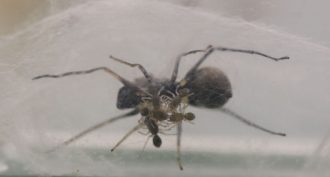 Animals
AnimalsThis spider feeds a type of milk to its babies
Even after spiderlings start hunting for themselves, they return to mom for milk.
By Susan Milius -
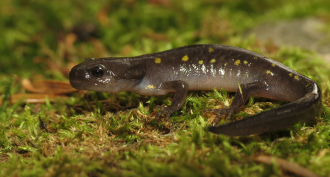 Ecosystems
EcosystemsMosquito repellent could pose risks to baby salamanders
Two ingredients in bug repellant — DEET and picaridin — can end up in streams. There, they may hurt salamanders but leave mosquitoes alone, a study finds.